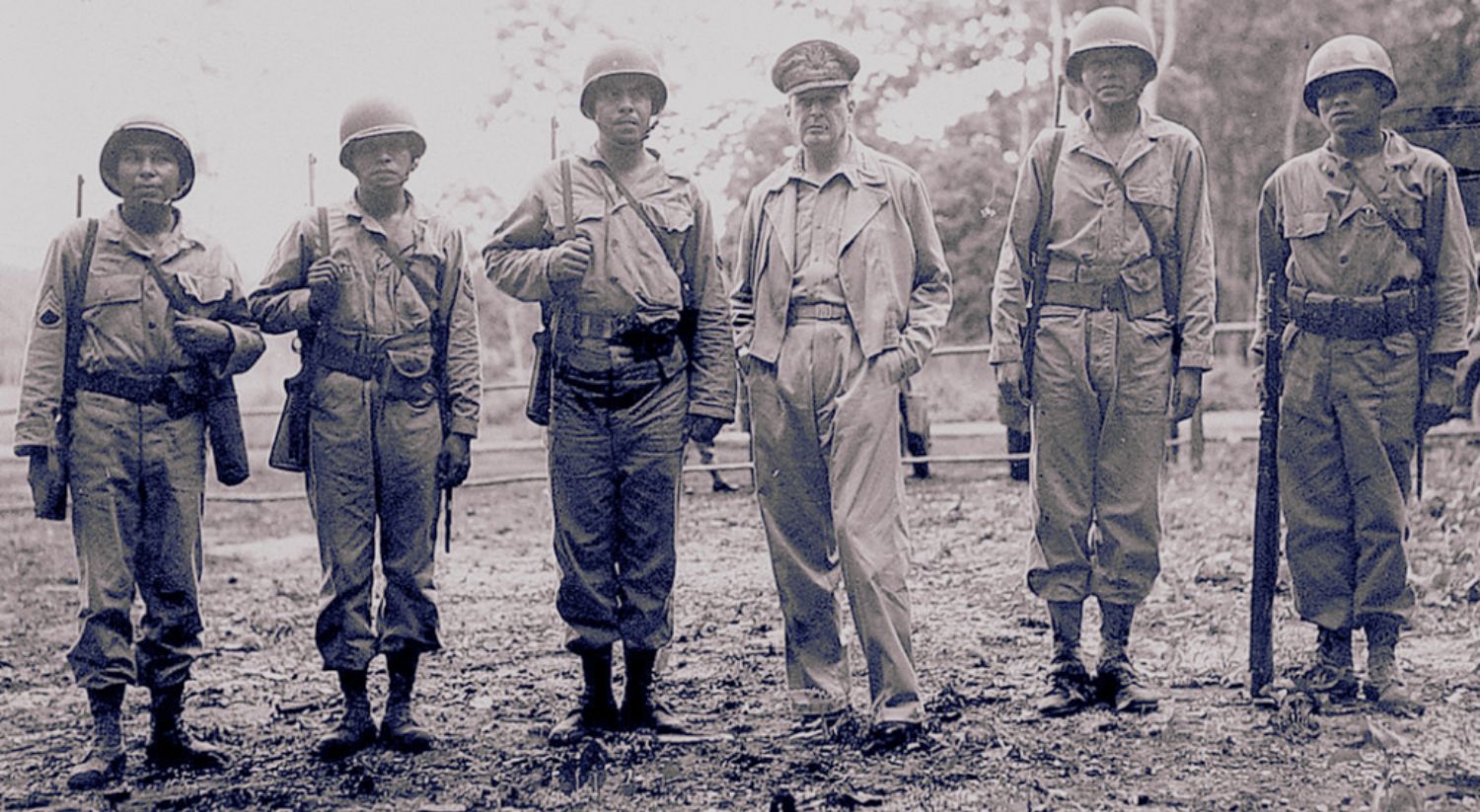
Almost everyone, at some point, has made translation mistakes while traveling or interacting with people who speak another language. These errors are often anecdotal and, in some cases, downright amusing. Translation mistakes can happen for various reasons: lack of fluency in the language, nervousness in the situation, or simply not knowing how to express ourselves correctly.
More often than not, these errors are just embarrassing or slightly awkward moments. However, the stakes rise dramatically when professional translators make mistakes in critical situations. These seemingly “minor errors” can lead to tense or even dangerous outcomes.
Today, we’ll take a closer look at some of the most catastrophic translation errors in history—moments where things went horribly wrong.
“We don’t care”: The Japanese message that sounded like a defy
In 1945, Nazi Germany had been defeated by the Allies, and Europe was finally liberated from the grip of the swastika. However, the war in the Pacific was growing increasingly brutal, and American forces were suffering unsustainable losses. General MacArthur, leading the Allied forces, sent a desperate plea to the White House for assistance.
President Harry Truman responded with an ultimatum to the Japanese high command: “Surrender, or we will drop the atomic bomb on Japanese soil.” Based on political and strategic calculations, Truman believed this threat would be enough to force Japanese generals to capitulate.
But the response that arrived from Japan enraged the Americans, marking one of the most infamous translation errors in history.
The Japanese generals replied with a message containing the term mokusatsu. In Japanese, this word has two potential interpretations. The first—and likely the intended meaning—was something along the lines of: “We have no comment at this time.” However, the version that was translated and delivered to the American high command carried the second meaning of mokusatsu: “We don’t care, and we despise you!”
This mistranslation, intentional or not, was catastrophic. It became one of history’s most infamous blunders, possibly preventing a diplomatic solution and contributing to the catastrophic decision to drop atomic bombs on Hiroshima and Nagasaki.
Had the term been translated correctly, could it have changed the course of history? Would Truman have hesitated before giving the “green light” for one of humanity’s darkest moments?
Unfortunately, we’ll never know.
“We will bury you”: A Cold War translation disaster
Nikita Khrushchev was not known for subtlety in expressing his opinions. The Soviet leader had a reputation for being blunt and sharp, especially when discussing the West. However, one of the worst translation errors of the Cold War tarnished his image further.
In the mid-1950s, Khrushchev hosted a reception for the diplomatic corps in Moscow, inviting ambassadors from Western and European countries. During his speech, Khrushchev’s interpreter translated his words as: “We will bury you!”
The phrase made its way to Western embassies, the Pentagon, and the White House, enraging American officials. However, this was a critical misinterpretation. Khrushchev was referencing Karl Marx’s Communist Manifesto, where Marx stated that capitalism would eventually collapse under its own weight, metaphorically “burying itself.”
The intended message was far less aggressive, emphasizing the eventual triumph of communism over capitalism, rather than a literal threat. Nevertheless, this mistranslation heightened Cold War tensions and nearly escalated the conflict to a nuclear crisis.

“I want to sleep with you”: Jimmy Carter’s embarrassing translation mishap
Imagine being a Polish citizen in Warsaw during the Soviet era, listening to the U.S. president speak, only to hear him declare his carnal desires for you. This bizarre scenario unfolded during Jimmy Carter’s visit to Poland, thanks to his interpreter’s blunders.
Carter aimed to foster goodwill with Soviet-bloc nations and prepared a speech expressing his eagerness to connect with the Polish people. However, his interpreter translated his words to mean: “I have carnal desires and want to sleep with you.”
The mishaps didn’t end there. At one point, Carter stated he had left the U.S. that morning and was now in Warsaw. The interpreter translated this as: “I left the U.S. and will never leave Warsaw.”
As a result, Carter was portrayed as wanting to seduce the Polish people and remain in Warsaw indefinitely. This remains one of the most infamous translation errors, solidifying the interpreter’s place in the hall of shame.
“He’s drunk”: A mistake that changed a life
In the 1970s, Florida had a growing Cuban immigrant population and prided itself on being a bilingual state. However, a tragic translation error involving Willie Ramirez, a Cuban immigrant, exposed the flaws in the system.
Willie’s family brought him to a Florida hospital, stating in Spanish that he was suffering from “intoxicación” (poisoning), meaning he had ingested something harmful. The hospital staff, unfamiliar with the nuanced meaning, interpreted this as “intoxicated” (drunk).
The medical team treated Willie for alcohol poisoning instead of investigating other potential causes. This delay resulted in a brain injury that left him quadriplegic. The hospital was later ordered to pay $71 million in damages.
This case highlights how even minor language misunderstandings can lead to devastating consequences.
Facebook’s confetti disaster and other cooperative translation mistakes
In 2018, Indonesia experienced one of its most devastating earthquakes, resulting in thousands of deaths and injuries. Facebook, aiming to help survivors, introduced a feature allowing users to indicate they were safe with a single click.
However, the platform’s algorithm struggled with Indonesian linguistic nuances. The word “selamat” can mean both “I’m safe” and “Congratulations!” depending on the context.
As survivors used the feature to assure loved ones they were safe, Facebook’s algorithm celebrated each post with confetti, festive music, and emojis. This misstep, combining joy with tragedy, caused outrage and highlighted the limitations of automated translation tools.
HSBC’s translation blunder
HSBC, one of the most influential financial groups globally, operates across five continents and in hundreds of countries. Despite its dominance, even this banking giant hasn’t been immune to translation errors.
One of its most ambitious advertising campaigns carried the slogan: “Assume Nothing!”—intended to convey the idea of taking risks and embracing bold decisions. However, in several countries, this slogan was mistranslated as “Do Nothing!”—completely contradicting the intended message. The misstep undermined the campaign’s goal and caused significant reputational damage.
Netflix and the “Squid Game” controversy
Another global powerhouse, Netflix, faced backlash for its translation mistakes in the hit series Squid Game. Korean-speaking audiences criticized the platform for mistranslations in the English subtitles, which altered the meaning of many key lines.
For Korean viewers, these errors diluted the impact of the characters’ dialogue and storyline, leading to disappointment. This incident highlighted the importance of cultural accuracy and linguistic expertise, especially for a multilingual company like Netflix.
Translation errors: From anecdotes to disasters
Translation mistakes can range from humorous misunderstandings to catastrophic outcomes. In some cases, errors can tarnish a company’s image or, as with Willie Ramirez’s tragic story, even cost lives. Understanding how to avoid these pitfalls is crucial for businesses and individuals alike.

How to avoid translation mistakes?
Let’s be honest: it’s nearly impossible to completely avoid translation mistakes. This is a reality we must accept, as the saying goes, “To err is human.” However, it’s crucial to make every effort to minimize these errors. As we’ve seen, some of them can be incredibly difficult to undo.
Many tourists visiting countries with deep-rooted traditions have faced challenges when attempting to translate phrases into the local language. These situations can range from mildly awkward to dangerously offensive. In numerous instances, a tourist has unknowingly insulted religious figures, royalty, or authorities.
This brings us to some of the most common causes of translation flaws:
Context is key
Many translation errors arise from literal, word-for-word translations without considering context. For instance, a Spanish airport recently faced embarrassment when signs directing passengers to the men’s restroom were mistranslated. Instead of “Men’s Bathroom,” the signs read “Knights’ Bathroom”—a misinterpretation of the Spanish word caballero, which can mean both “gentleman” and “knight.”
Languages often contain homophones and homographs—words that look or sound alike but have different meanings.
For example: in Spanish: “Amo al amo” (I love the master) and “Río sobre el río” (I laugh over the river). Evenmore, in English, we can say: “A fly can fly” or “A fair Fair.”
To avoid such mistakes, it’s essential to understand the context and use tools like the Talkao Dictionary, which provides grammatical usage, synonyms, antonyms, and meanings across hundreds of languages.
Beware of “Untranslatable” words
Some words simply don’t have direct translations in other languages. For example, English lacks an equivalent for the Spanish word “madrugar”, which means “to wake up early.” Similarly, Japanese contains hundreds of terms that cannot be easily translated into other languages.
When faced with untranslatable words, seek synonyms or alternative expressions instead of relying on literal translations. Apps like Talkao Translate use AI to provide contextually appropriate translations, processing colloquialisms, technical terms, and slang to avoid common pitfalls.
Leverage translation apps and tools
Modern translation apps, such as Talkao translation apps, are invaluable for minimizing errors. These tools provide pronunciation guides, grammar tips, and contextual meanings, helping users express themselves accurately and confidently. Best of all, they are user-friendly, accessible on mobile devices, and often free.
Embrace mistakes as learning opportunities
While avoiding translation mistakes is vital, it’s also important to remember that making mistakes is part of the learning process. Embrace your errors—they can be some of the most effective (and anecdotic) ways to improve your language skills.
With the right tools, attention to context, and a willingness to learn, you can navigate the complexities of translation and communicate effectively in any language.










Newsletter